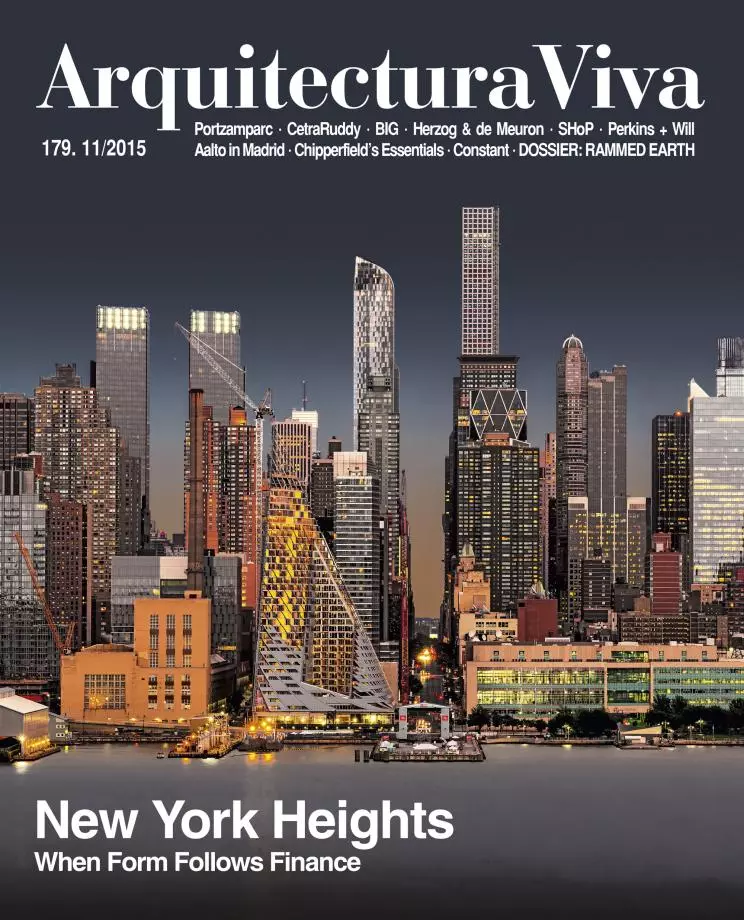
Back in the 13th century, Marco Polo described Hangzhou, situated on China’s eastern coast, as “the finest and most splendid city in the world.” Later it went into decline and remained down for centuries. Finally, recent years have seen there an upward push sustained by tourism, which identifies Hangzhou as one of China’s best preserved cultural and landscaping enclaves.
Now transformed into a veritable hub of culture, Hangzhou has equipped itself with universities and also museums, most recently the China Academy of Arts, designed by the Japanese architect Kengo Kuma and located within the city’s university campus. With its over 5,000 square meters, the building contains exhibition galleries, research facilities, and workshops for the teaching of the various disciplines of Chinese folk art, including ceramics, weaving, engraving, and shadow theater.
The picturesque but difficult location on a slope that was formerly used as a tea plantation explains the particular lines and forms of the building, which seeks to blend into the inclination of the terrain. For this the volume breaks up into parallelograms placed at different levels, crowned with pitched roofs. The result is an artificial terraced topography that brings to mind a small sprawling mountain village. In this complex, the curved gray tiles take on a leading role because while they unanimously clad the gabled rooftops, they are incrusted in meshes of stainless steel wire to form vertical surfaces across the glazed facades: an artisanal solution that is a poetic evocation of China’s past.





